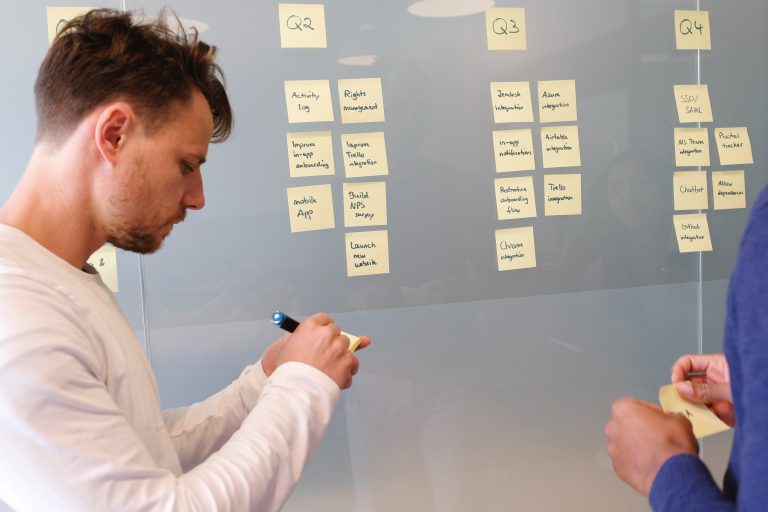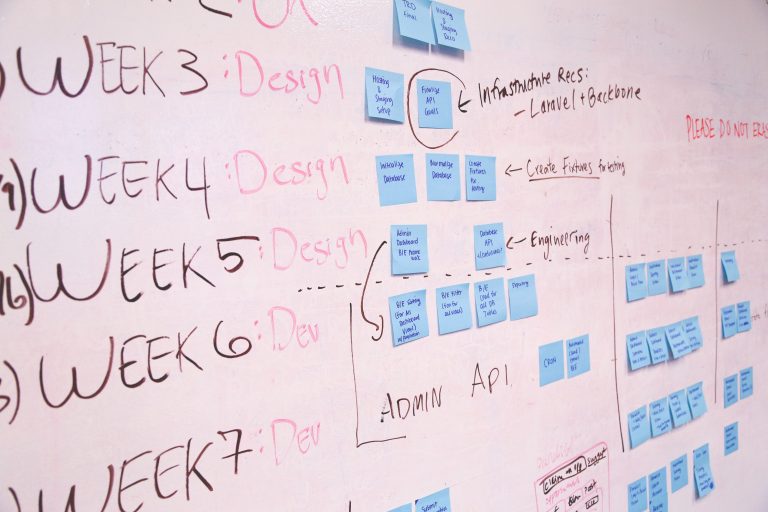What Is A Project Timeline: Designing A Project Timeline

Traditionally, project timelines are created on highly technical and heavily automated spreadsheets, which require at least some basic formatting skills and plenty of dedicated time.
Although showing off your abilities with spreadsheets templates can be impressive, such an old-fashioned tool isn’t as efficient as it seems. Given that you must share the template with your teammates and assign tasks to them, collaboration through spreadsheets can be rather difficult.
As a result, the timeline can easily fall apart, and the deadline passes without much progress in the project. In fact on average, only 55% of projects are completed on time.
But how to scape the spreadsheets when creating a project timeline? In this article, we’ll go through the principle of timeline building and show you some practical tools that can help you with that.
Table of Contents:
- What is a project timeline?
- What are the uses of a project timeline?
- How to create a project timeline?
- How to use Akiflow to stay on top of your deadlines?
- Conclusion
What is a project timeline?
A project timeline is a visual representation of a project’s deliverables placed in chronological order, which helps you get an overview of the entire project in one place.
Whether you need to look at important delivery dates, key milestones, dependencies, progress, or anything else— a project timeline covers it all.
As a project manager, a timeline is a valuable asset. For example, if you’re developing a content strategy for a client’s blog. In that case, this project will require different teammates to perform different tasks, such as conducting personal research, brainstorming content ideas, creating a content plan, and writing the content.
In a project where you need more than one person, a well-structured timeline is more than important to avoid any hold-ups.
What are the uses of a project timeline?
- Improves communication
It makes it easier for every teammate to understand what’s happening and what’s the progress of the project and keeps everyone in a loop.
- A great visibility tool
You get a clear and quick glance at the dependencies and how the tasks are prioritized. Having a clear picture of dependencies in your project timeline enables you to understand the effect of delays on your projects and helps you find solutions for them.
- Helps you with prioritization
As with a project timeline, you get a clear understanding of delivery dates, milestones, and dependencies, you and your teammates can easily identify what needs to be prioritized.
- Tracks the project progress
With a project timeline, you also get to know the actual progress of each of your projects so that you can react according to the situation.
How to create a project timeline?
Step 1. Identify the scope of the project
Project scope is crucial to understand the project’s overall timeline, what the priorities will be, and how many teammates you need to onboard to get this project done.
Let’s say you need to create an animated video for your brand. Then the scope of work might look like this:
- Deciding the theme of the video
- Deciding the characters
- Illustrating the characters
- Writing the script
- Animating the video
- Editing the video
- Publishing it
- Promoting it
So here you’ll need a copywriter, managers, marketers, and a motion graphic designer to finish this project. Identifying the scope will help you to plan your projects better with realistic due dates and expectations.
Step 2. Divide the project into milestones
Now, it’s time to make a list of everything involved in the project. If we take the video example again, the items mentioned can be seen as milestones.
By having this list in your hand, you’ll be able to understand what you need to do first and how you’ll be dividing the entire project into smaller, manageable tasks.
Step 3. Estimate the time for each task
If you have divided your tasks into different milestones, it is now easier for you to estimate the time required for finishing each task.
For example, it might feel challenging to predict the timeframe of animating a video. But with proper details in place, it’s easier to anticipate the finishing time for each assignment.
Step 4. Assign tasks to your team
Now, it’s time to divide the tasks among your teammates. As you have already divided your project into smaller tasks, match every task with your team’s talents and skills and outsource accordingly.
Say, for example, if you have a great strategist who’s not so good with writing, let them focus on the strategy part while giving the responsibility of writing to another team member.
Step 5. Pin each task on your timeline
Start mapping out each task on your timeline to get the big picture of the entire project in a single view so that you can predict the outcome efficiently.
Here’s a tip for you: pin each task according to its dependencies. For example, you need to create a storyboard for the video before creating the video, so pin them accordingly.
How to use Akiflow to stay on top of your deadlines?
Switching from one software to another for managing your day can be hectic. For example, your company uses Notion to manage work but you use Todoist for your personal tasks. What if you could track all of your tasks from the same platform?
Introducing Akilow! Our app pulls all the tasks from project management software and brings them to one place, keeping you free from the constant shuffle between multiple tools.
Take your productivity to the next level with the label feature of Akiflow. You can categorize your tasks according to their nature be it personal or professional, and you’ll be able to visualize all your projects and their milestones with ease.
Get started with Akiflow today for free!
Conclusion
Not having a systemized project timeline can create a lot of stumbling blocks— resulting in poor project delivery, a burnout team, and of course, an unhappy client.
But with a project timeline, you can visualize your project from scratch to end and deliver the best outcomes to your client without facing the manual workload.
So, what are you waiting for? Get your tasks organized in a project timeline today with Akiflow; it’s absolutely free for 14 days.

How Strategic Planning can Affect your Productivity
Like all the other good things in the world, productivity cannot be achieved simply either. Without strategic planning, it is highly unlikely that you will employ the utmost productivity you can have at work. What is good to notice here is that you can easily level up your productivity if you know what a crucial […]

Do or plan: staying on top of things with a simple strategy
Given the number of inputs that we receive every day, both in our work and personal lives, it can be difficult to stay on top of everything. Over the years, I have developed a simple strategy that helps me to stay focused, never miss anything, and, ultimately, get things done. In short, my strategy is […]

Best Task Management App For 2023
Have you or your team been struggling to effectively plan and deliver tasks on time? If you’re often missing key deadlines or falling short of effective collaboration, you could benefit from task management software. Task management apps allow you to track time, manage a plethora of tasks, and collaborate efficiently with a wider team. The […]
